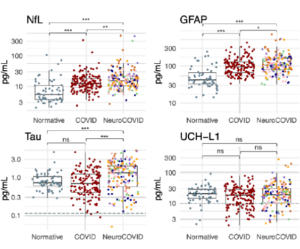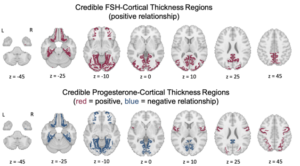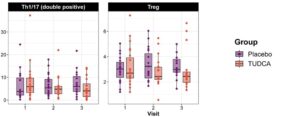
“Representations of information value in mouse orbitofrontal cortex during information seeking.”
Jennifer J. Bussell, et al. – Columbia University.
Background: Primates, rats, and other animals place an intrinsic value on knowledge, even when it has no effect on reward outcome, but whether mice place a similar value on knowledge is unknown.
This Study: Bussell et al. trained mice on a two-stage odor task. Odors at the first stage directed mice to either of two pairs of ports. At one pair (“Info”), Odor A meant 100% chance of reward, while Odor B meant 0% chance of reward; at the other pair (“No Info”), both Odors C and D denoted a 50% chance of reward. Thus, both pairs of ports offer an overall 50% chance of reward. When a new first-stage odor denoted free choice between the pairs, mice preferred the Info ports, despite there being no difference in expected reward between the two. This preference remained intact even when the reward tied to Odor A was reduced by half, indicating an intrinsic value for knowledge about reward outcome. Imaging of mice performing this task revealed partially overlapping populations of neurons in the orbitofrontal cortex (OFC) that represented odors predictive of receiving information or odors predictive of receiving water.
Bottom Line: By affirming that mice, like other animals, represent the value of information in the OFC, this work allows researchers to use the tools available in mice for studying information-seeking behavior.






